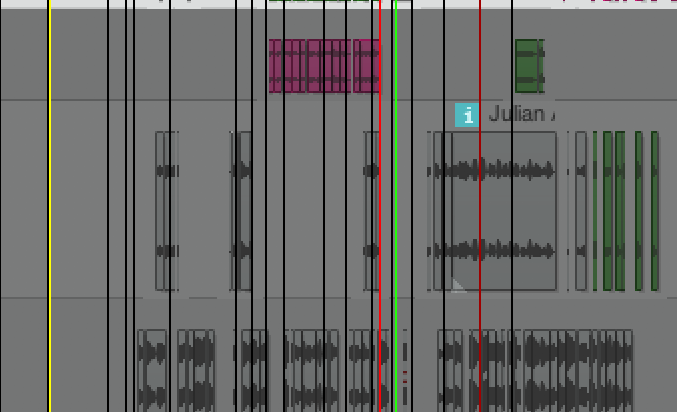
Hacking Wagner
Kjersti G. Andvig & Ioana Mandrescu
Description
Hacking Wagner is a multi-channel sound installation that aims to recreate Richard Wagner’s opera Die Meistersinger von Nürnberg using pre-recorded samples of human speech. The starting point is the voice of Wikileaks founder Julian Assange, but the entire cast consists of 30 different people. Assange’s sampled voice forms the entire orchestra and one of the seven main characters. The rest of the cast, soloists and choirs, are replaced by other famous people relevant to the story.
Background
The original play is about a young man who challenges authority in the name of passion. The opera’s main character, Walter, is brutal and naive, some might even say arrogant, and thinks he can conquer an entire system by breaking the established rules. No different than our main character, Assange. As if by exposing the crimes of some of the world’s most powerful states and insisting on the public’s right of access, he also thought he could literally change the entire world. The geopolitical and press-ethical consequences of Wikileaks and Assange’s current situation have raised serious questions about freedom of expression and the ideals of the Enlightenment. Ideals that have long been fundamental to the West’s identity – are now back in play. Wagner and Assange are both people with whom many have an ambivalent relationship and who are still considered highly controversial in some circles. Nevertheless, both have done groundbreaking work in their respective fields and made important contributions to the larger “human archive.” Intellectually, musically and politically. Common to both is that their work has been partly overshadowed by their person and criticism, which has not always been justified. Both can also be read in different ways as “embodiments” of coming horrors.
Finally, the play is Wagner’s only comedy, which will be clearly reflected in the choice of contemporary characters and the story that develops between them.
Method
All elements of the opera are replaced by sounds, words and sentences. The piece consists of 21 different instruments, 60 leitmotifs (melodies that repeat throughout the piece), 6 different choirs and 7 main characters.
To replace the notes for the instruments, we create scales based on consonants followed by a vowel. For some scenes we will also create scales that use numbers, laughs, places, names, etc. At the current stage we are using approximately 20,000 unique clips.
